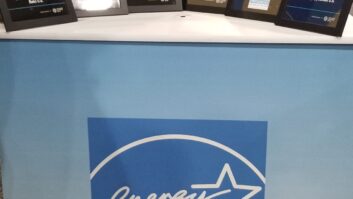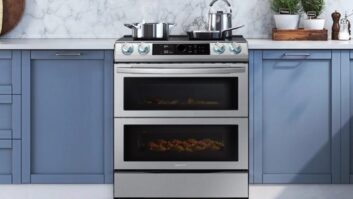“How old is your current fridge?” It’s a good leading question that sales associates often use to point out fancy new features on new high-end models. But if you’re aiming to point out operating costs, a better question might be, “Do you know how much your old fridge is costing you?”
Most consumers don’t know that older fridges and freezers are expensive to run—in fact, they probably consume more energy than any other appliance in the home. A refrigerator or freezer manufactured before 1993 costs more than double to operate than a new ENERGY STAR qualified model; fridges and freezers from the 1970s cost four times more.Together, U.S. households have 44.5 million fridges over 10 years old. These inefficient refrigerators eat up almost $3.9 billion a year in energy costs.
On average, replacing a standard-size pre-1993 fridge or freezer with an ENERGY STAR qualified unit can save your customers up to $100 per year on their energy bills. Replacing a unit from the 1970s can save up to $200 a year.
Led by the U.S. Department of Energy, ENERGY STAR’s 2009 Make a Cool Change Campaign gives retailers the tools to promote replacement sales by encouraging consumers to retire old fridges and freezers that are costing them a bundle and, when needed, replace them with new ENERGY STAR qualified models. Whether or not you are an ENERGY STAR partner, the sales tools can help you move product.
Take your customers through (or send your customers to) ENERGY STAR’s refrigerator calculator at www.energystar.gov/recycle to find out how much energy and money their old appliances are costing them and how much they can save from a new unit. Use ENERGY STAR’s fun facts, case studies, sample newsletter article, and campaign images in your marketing materials. Print out a slide rule calculator for sales staff and find information on rebates and tax incentives.
Also remind your customers that some of the rebates available for new appliances require proof of recycling of the old one. After all, to help the environment, the old unit must disappear from the grid, not re-emerge elsewhere as a donated or second-hand energy hog. If your store does not recycle appliances, direct your customers to a recycling facility in your area. Find facilities at www.energystar.gov/recycle.
Lani MacRae is the ENERGY STAR Communications Manager for the U.S. Department of Energy.











